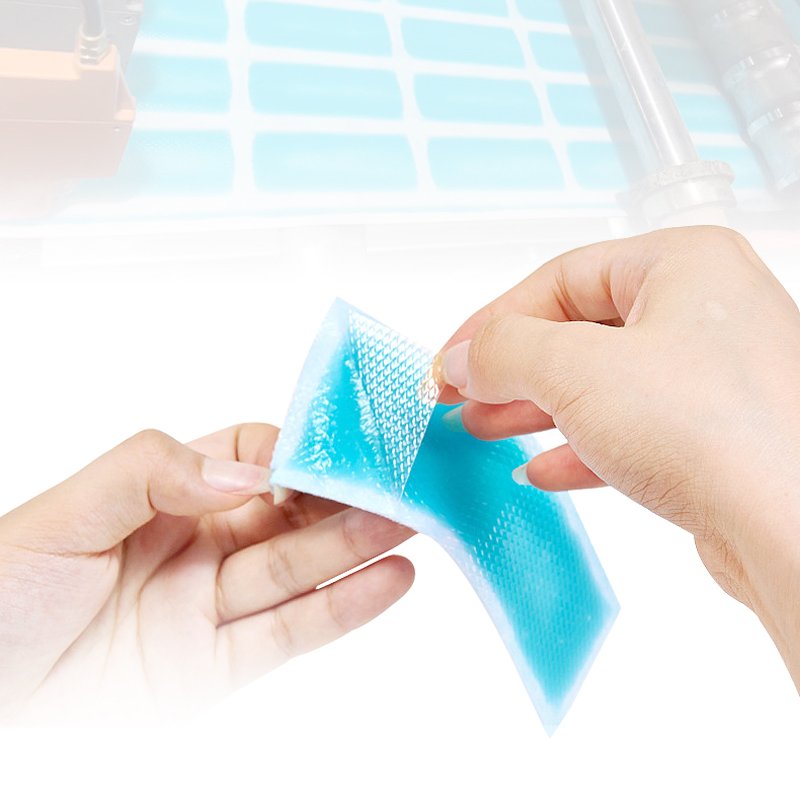Can the Backing Layer of a Custom Transdermal Patch Be Tailored to Boost Specific Properties?
Can the Backing Layer of a Custom Transdermal Patch Be Tailored to Boost Specific Properties?
The development of transdermal patches has revolutionized the way we deliver drugs and other bioactive substances into the body. These patches offer a controlled, sustained release of medication through the skin, bypassing the need for frequent oral dosing. However, the effectiveness and performance of a transdermal patch depend not only on the active ingredient but also on its various components, including the backing layer. This article delves into the possibility of customizing the backing layer of a transdermal patch to enhance specific properties.
The Role of the Backing Layer in Transdermal Patches
The backing layer, also known as the occlusive layer, serves as the outermost protective barrier of a transdermal patch. Its primary function is to prevent the loss of the drug and the entry of external contaminants. Additionally, it contributes to the mechanical integrity of the patch, ensuring its adhesion to the skin and resistance to external forces.
Customizing the Backing Layer for Enhanced Properties
Customizing the backing layer of a transdermal patch offers several advantages in terms of improving specific properties. Here are some key areas where customization can make a significant difference:
Adhesion Properties: The ability of a patch to adhere securely to the skin is crucial for effective drug delivery. By modifying the material composition or surface properties of the backing layer, manufacturers can enhance adhesion strength and durability, ensuring a more secure fit even under conditions of perspiration or movement.
Permeability: The permeability of the backing layer controls the rate of drug release into the skin. Customizing this layer allows for the precise adjustment of drug release profiles, whether it's for a rapid onset of action or a prolonged, sustained release.
Patient Comfort: The comfort of the patch on the skin is an important factor in patient compliance. Customizing the backing layer with softer, more flexible materials can improve patient comfort, especially for patches worn over extended periods.
Allergy Reduction: Some patients may be allergic or sensitive to certain materials used in patch construction. Customization allows for the selection of hypoallergenic materials that minimize the risk of skin irritation or allergic reactions.
Environmental Resistance: The backing layer can be customized to improve the patch's resistance to environmental factors such as moisture, heat, or UV radiation. This ensures the stability and integrity of the patch, even in challenging conditions.
Techniques for Customizing the Backing Layer
Manufacturers of transdermal patches employ various techniques to customize the backing layer. These include:
- Material Selection: Choosing materials with specific physical and chemical properties tailored to the desired patch performance.
- Surface Modification: Modifying the surface of the backing layer to enhance adhesion or permeability characteristics.
- Layering and Lamination: Using multiple layers or laminating different materials together to create a composite backing layer with optimized properties.
- Coating and Treatments: Applying coatings or treatments to the backing layer that improve its adhesion, permeability, or resistance to environmental factors.
Challenges and Considerations
While customization offers significant advantages, it also presents challenges and considerations. Manufacturers must ensure that any modifications made to the backing layer do not compromise the overall performance or safety of the patch. This requires careful selection of materials, rigorous testing, and compliance with regulatory standards.
Additionally, customization may involve higher production costs due to the need for specialized materials and processing techniques. Manufacturers need to carefully balance the potential benefits of customization with the associated costs to ensure a cost-effective and commercially viable product.
Conclusion
In conclusion, the backing layer of a transdermal patch can indeed be customized to enhance specific properties. This customization allows manufacturers to tailor patches to meet the unique needs of patients and drug delivery requirements. However, it's crucial to approach customization with a careful balance of performance, safety, and cost considerations.
By addressing these questions, manufacturers and researchers can gain a deeper understanding of the potential and limitations of customizing the backing layer of trans






